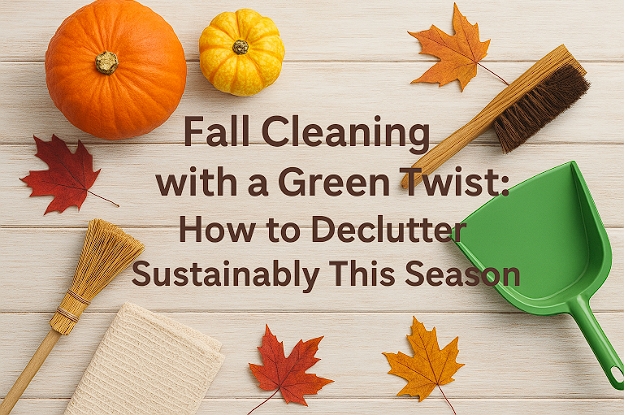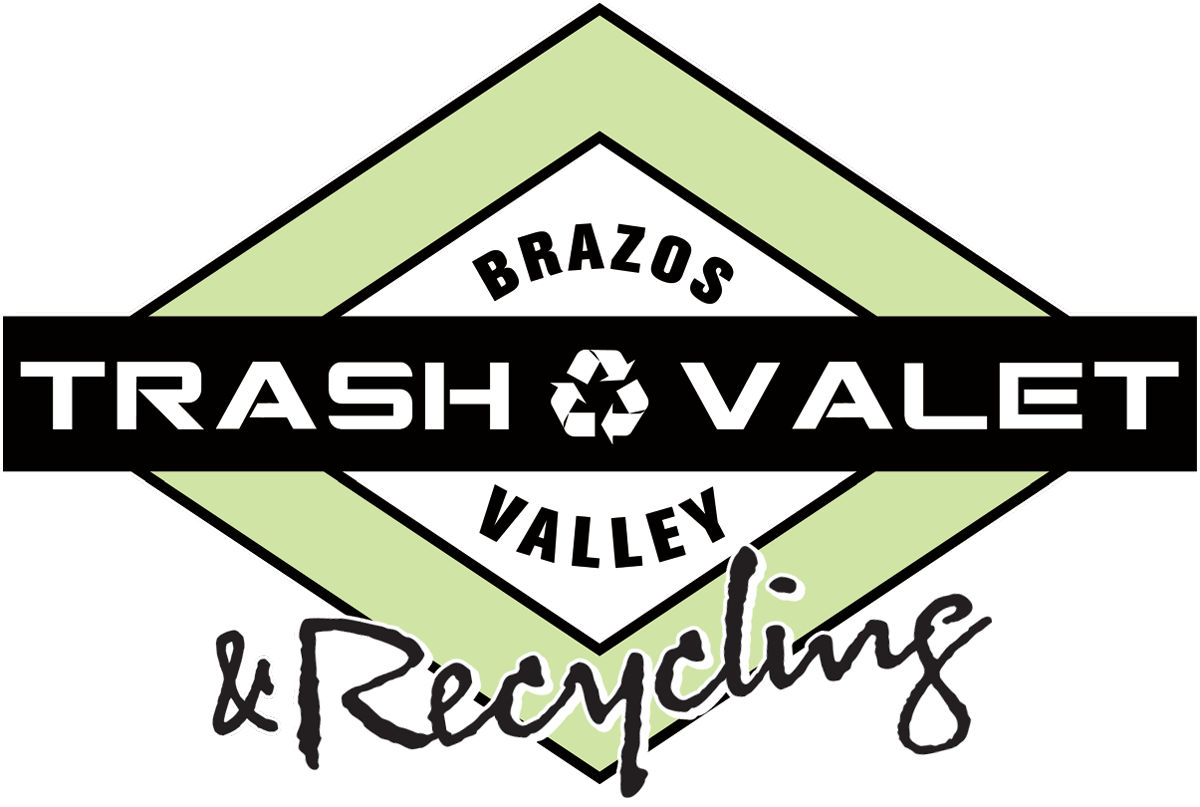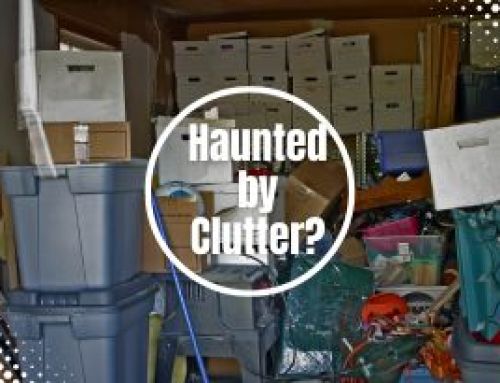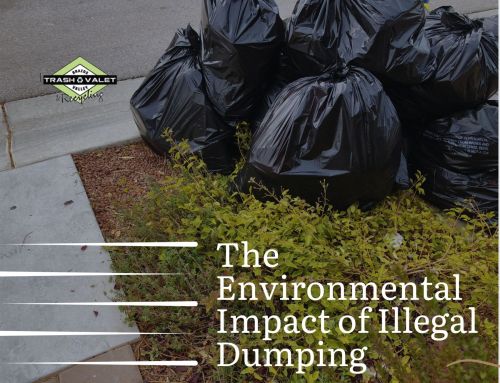Fall Cleaning with a Green Twist: How to Declutter Sustainably This Season
As the leaves change and cooler weather approaches, many households embrace fall as the perfect time to reset and refresh their living spaces. Fall cleaning, much like spring cleaning, offers an opportunity to declutter and reorganize before the holiday season arrives. However, traditional decluttering often leads to large amounts of waste being thrown away, which ultimately ends up in landfills. This year, you can approach your fall cleaning with a green twist by focusing on sustainable practices that benefit both your home and the environment.

Why Sustainable Decluttering Matters
Decluttering is more than just a way to create order—it also has a direct environmental impact. Each year, millions of tons of perfectly reusable items are discarded, contributing to overflowing landfills, increased greenhouse gas emissions, and wasted resources. By adopting eco-friendly strategies during your fall cleaning, you can help reduce unnecessary waste while giving your belongings a second life.
Step 1: Sort with Purpose
Before you begin tossing items into trash bags, take time to sort your belongings into categories: keep, donate, recycle, and repurpose. Ask yourself these questions:
- Do I still use this item regularly?
- Can someone else benefit from it if I no longer need it?
- Is there a recycling option available?
This intentional sorting ensures fewer items end up in the trash while maximizing the potential for reuse and recycling.
Step 2: Donate What You Can
Many organizations welcome gently used clothing, furniture, and household items. Donating not only reduces waste but also supports local families in need. Check with community shelters, thrift stores, and donation centers to see what items they accept. You may also explore online platforms where items can be given away for free to neighbors.
Step 3: Recycle Responsibly
Fall cleaning often uncovers items that should never go into the regular trash bin, such as electronics, batteries, and old appliances. These items contain materials that can be harmful to the environment if not disposed of properly. Instead, locate recycling centers or community collection events where these items can be dropped off safely. Some municipalities also offer seasonal recycling drives specifically for e-waste and hazardous materials.
Step 4: Repurpose and Upcycle
Before parting with an item, consider whether it could be given a new purpose. Old glass jars can be used for storage, worn-out t-shirts can be transformed into cleaning rags, and furniture can be refreshed with a coat of paint. Upcycling not only saves money but also keeps items out of landfills.
Step 5: Reduce Packaging and Plastic Use
While decluttering, you may notice how much unnecessary packaging and single-use plastic has accumulated in your home. Take this as an opportunity to commit to greener purchasing habits moving forward. Choose products with minimal packaging, buy in bulk when possible, and invest in reusable alternatives such as cloth bags and glass containers.
Step 6: Schedule Regular Trash and Recycling Pickups
If you live in an apartment or multi-family residence, trash valet and recycling services can make sustainable living much easier. By ensuring waste is collected regularly and disposed of responsibly, these services prevent overflow, discourage illegal dumping, and promote cleaner, healthier communities. Consistent waste management also reduces pest problems and improves overall neighborhood quality of life.
Step 7: Get the Family Involved
Sustainable fall cleaning doesn’t have to be a solo effort. Involve your family by teaching children the importance of recycling and repurposing. Assign sorting tasks, make it fun by turning decluttering into a challenge, and encourage everyone to adopt eco-friendly habits that extend beyond this season.
The Benefits of Sustainable Fall Cleaning
By choosing a greener approach to decluttering this fall, you not only create a cleaner and more organized home but also contribute to a healthier planet. Sustainable practices reduce the strain on landfills, conserve valuable resources, and minimize pollution. On a community level, they foster responsibility, cooperation, and environmental awareness.
Final Thoughts
This fall, make your seasonal cleaning routine count for more than just tidiness. By adopting sustainable habits, you can enjoy a clutter-free home while also protecting the environment for future generations. Whether you choose to donate, recycle, repurpose, or rely on community trash valet services, each small action contributes to a larger movement toward sustainability.
Share This Story, Choose Your Platform!
Fall Cleaning with a Green Twist: How to Declutter Sustainably This Season
As the leaves change and cooler weather approaches, many households embrace fall as the perfect time to reset and refresh their living spaces. Fall cleaning, much like spring cleaning, offers an opportunity to declutter and reorganize before the holiday season arrives. However, traditional decluttering often leads to large amounts of waste being thrown away, which ultimately ends up in landfills. This year, you can approach your fall cleaning with a green twist by focusing on sustainable practices that benefit both your home and the environment.

Why Sustainable Decluttering Matters
Decluttering is more than just a way to create order—it also has a direct environmental impact. Each year, millions of tons of perfectly reusable items are discarded, contributing to overflowing landfills, increased greenhouse gas emissions, and wasted resources. By adopting eco-friendly strategies during your fall cleaning, you can help reduce unnecessary waste while giving your belongings a second life.
Step 1: Sort with Purpose
Before you begin tossing items into trash bags, take time to sort your belongings into categories: keep, donate, recycle, and repurpose. Ask yourself these questions:
- Do I still use this item regularly?
- Can someone else benefit from it if I no longer need it?
- Is there a recycling option available?
This intentional sorting ensures fewer items end up in the trash while maximizing the potential for reuse and recycling.
Step 2: Donate What You Can
Many organizations welcome gently used clothing, furniture, and household items. Donating not only reduces waste but also supports local families in need. Check with community shelters, thrift stores, and donation centers to see what items they accept. You may also explore online platforms where items can be given away for free to neighbors.
Step 3: Recycle Responsibly
Fall cleaning often uncovers items that should never go into the regular trash bin, such as electronics, batteries, and old appliances. These items contain materials that can be harmful to the environment if not disposed of properly. Instead, locate recycling centers or community collection events where these items can be dropped off safely. Some municipalities also offer seasonal recycling drives specifically for e-waste and hazardous materials.
Step 4: Repurpose and Upcycle
Before parting with an item, consider whether it could be given a new purpose. Old glass jars can be used for storage, worn-out t-shirts can be transformed into cleaning rags, and furniture can be refreshed with a coat of paint. Upcycling not only saves money but also keeps items out of landfills.
Step 5: Reduce Packaging and Plastic Use
While decluttering, you may notice how much unnecessary packaging and single-use plastic has accumulated in your home. Take this as an opportunity to commit to greener purchasing habits moving forward. Choose products with minimal packaging, buy in bulk when possible, and invest in reusable alternatives such as cloth bags and glass containers.
Step 6: Schedule Regular Trash and Recycling Pickups
If you live in an apartment or multi-family residence, trash valet and recycling services can make sustainable living much easier. By ensuring waste is collected regularly and disposed of responsibly, these services prevent overflow, discourage illegal dumping, and promote cleaner, healthier communities. Consistent waste management also reduces pest problems and improves overall neighborhood quality of life.
Step 7: Get the Family Involved
Sustainable fall cleaning doesn’t have to be a solo effort. Involve your family by teaching children the importance of recycling and repurposing. Assign sorting tasks, make it fun by turning decluttering into a challenge, and encourage everyone to adopt eco-friendly habits that extend beyond this season.
The Benefits of Sustainable Fall Cleaning
By choosing a greener approach to decluttering this fall, you not only create a cleaner and more organized home but also contribute to a healthier planet. Sustainable practices reduce the strain on landfills, conserve valuable resources, and minimize pollution. On a community level, they foster responsibility, cooperation, and environmental awareness.
Final Thoughts
This fall, make your seasonal cleaning routine count for more than just tidiness. By adopting sustainable habits, you can enjoy a clutter-free home while also protecting the environment for future generations. Whether you choose to donate, recycle, repurpose, or rely on community trash valet services, each small action contributes to a larger movement toward sustainability.




